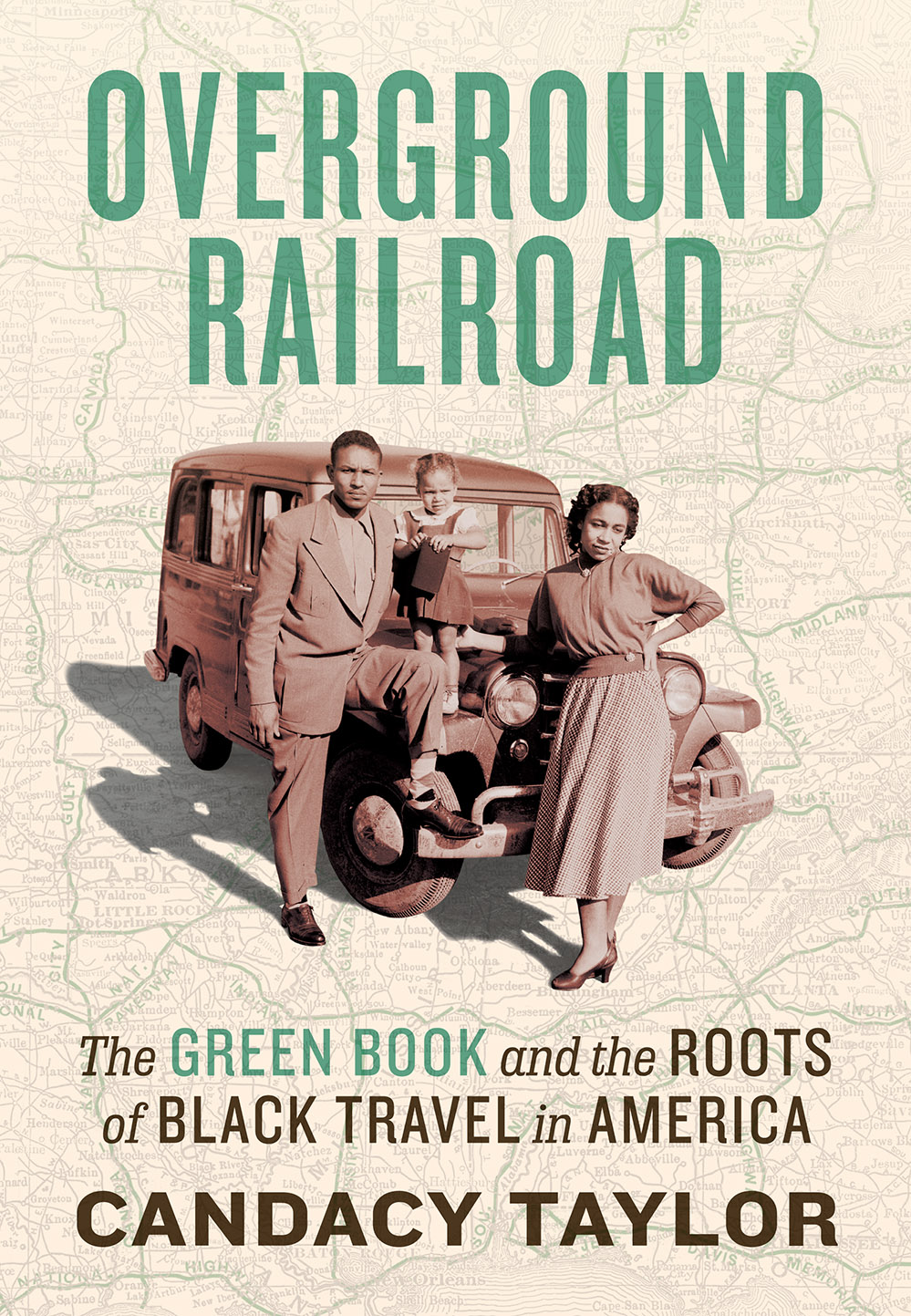What do you think?
Rate this book


360 pages, Hardcover
First published January 7, 2020

"The Green Book was a formidable weapon in the fight for equal rights. It gave black Americans permission to venture out onto America's highways and enjoy the country they helped build. Victor Green probably didn't set out to create a weapon for change, but it's also likely that when Steve Jobs put a video camera in a phone, he didn't plan to trigger a new civil rights movement, either. The point is that real change can come from simple tools that solve a problem. That is why the Green Book was so powerful."